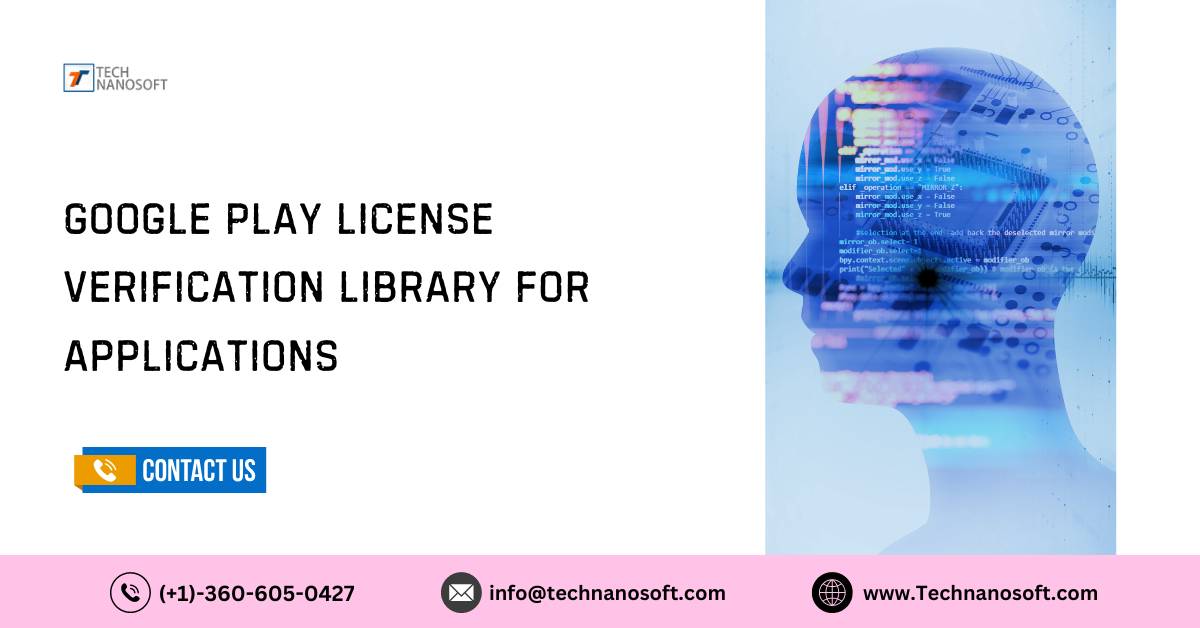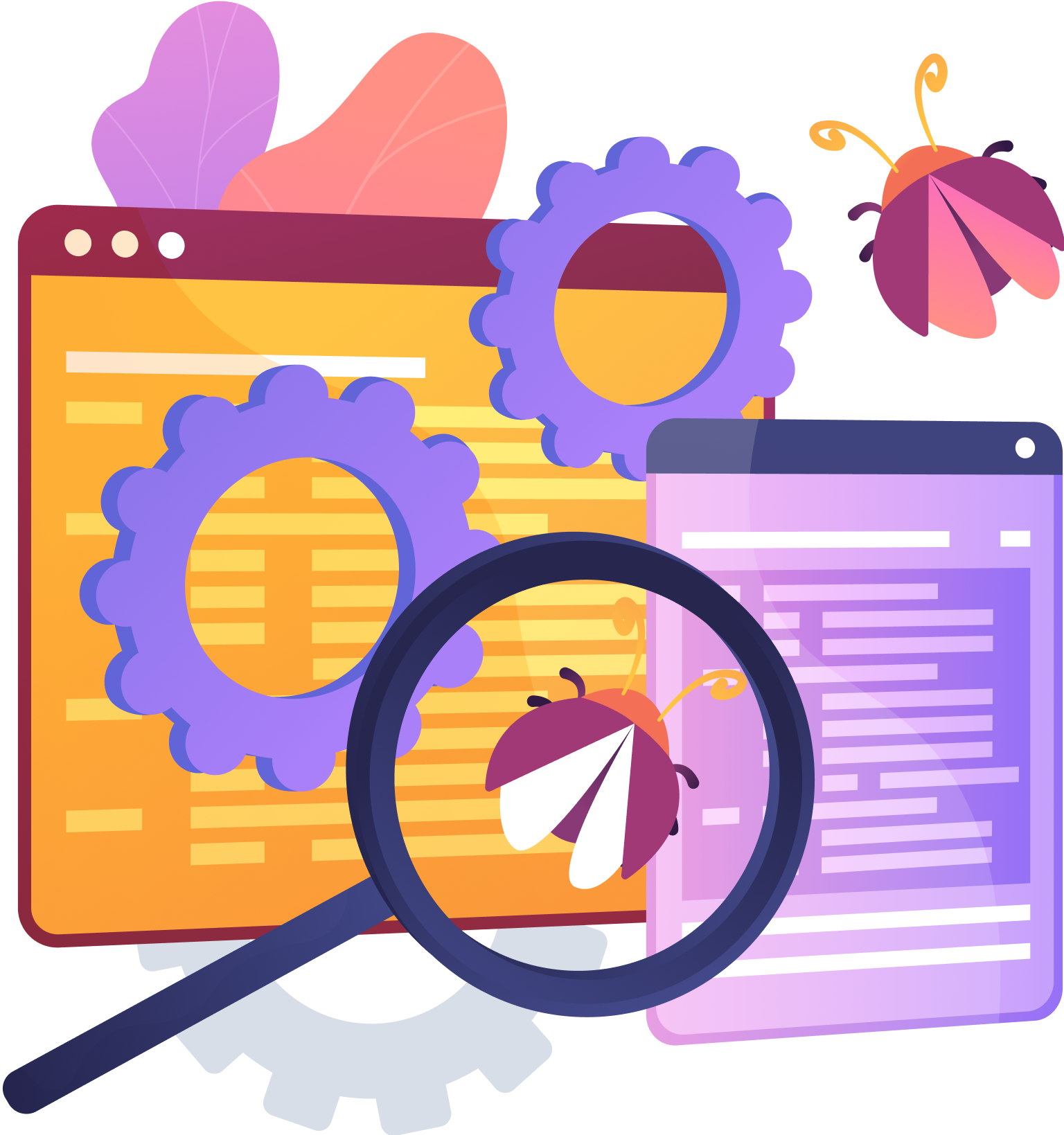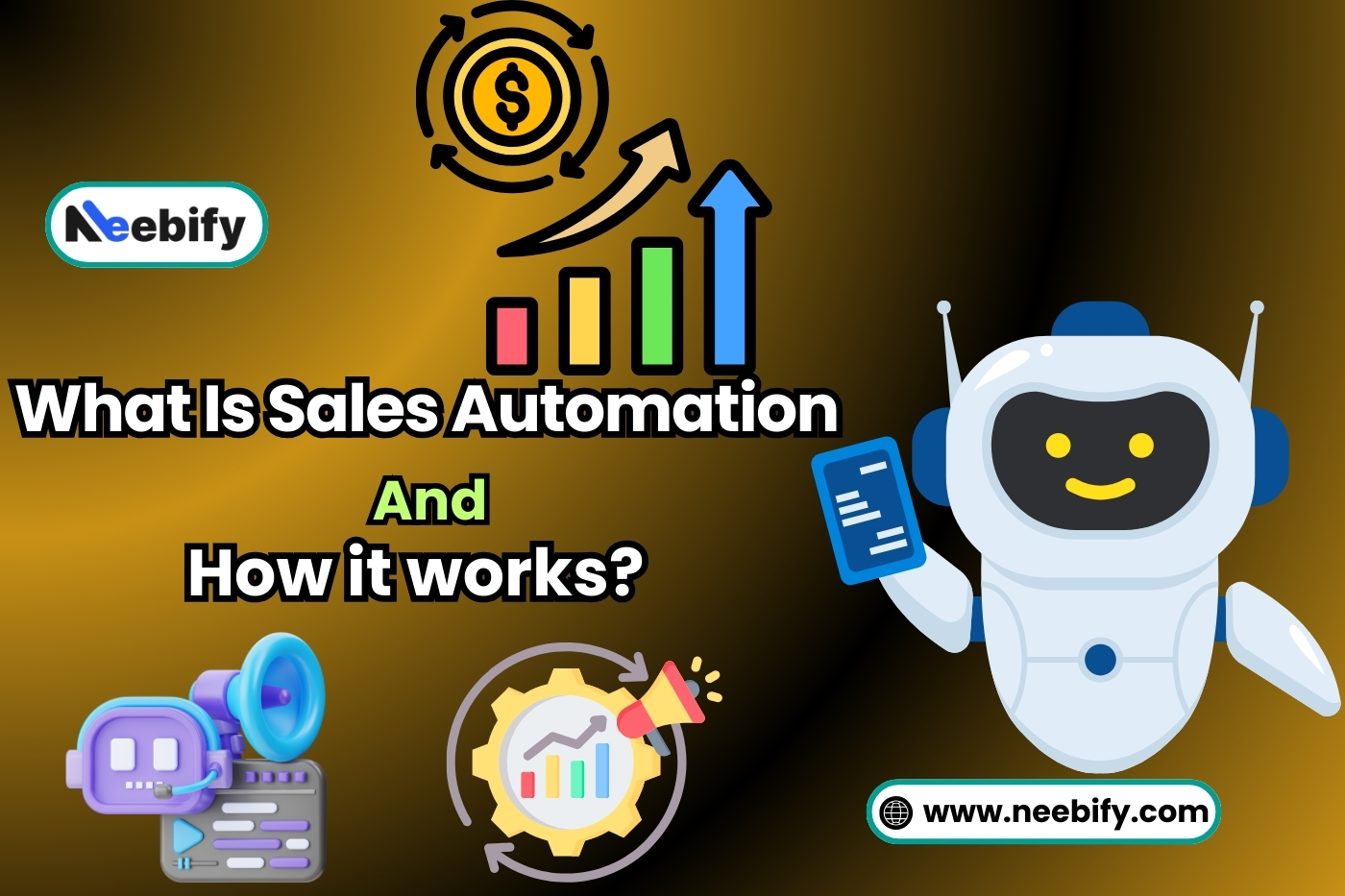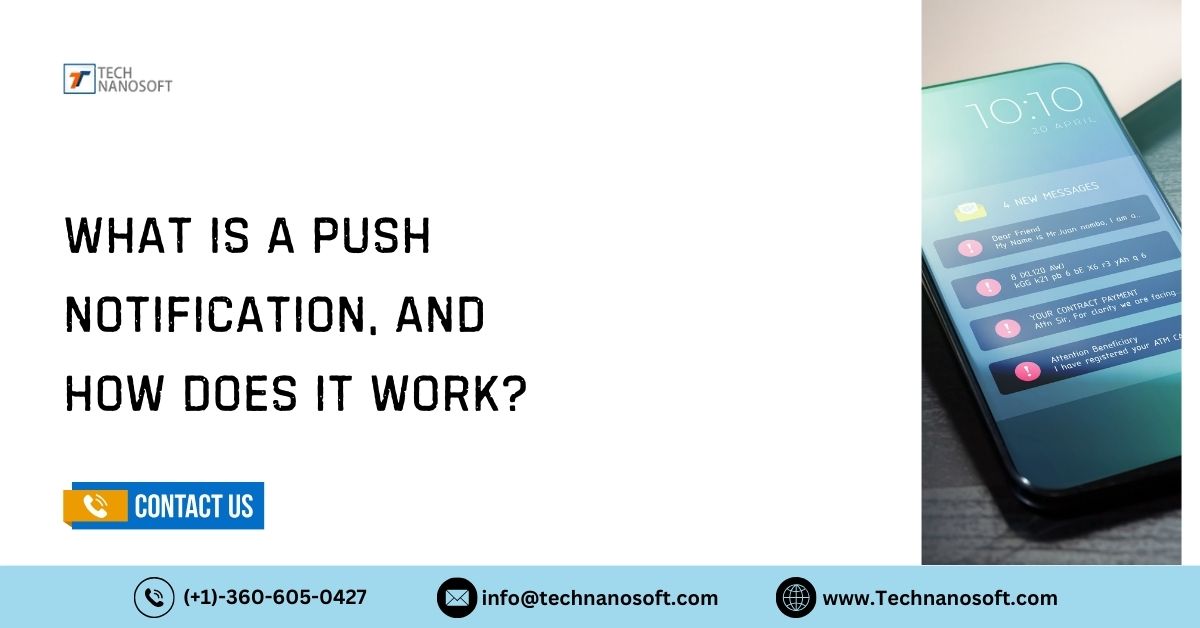Google Play license verification library for applications

Software providers are subject to licensing regulations that control how digital goods are used and distributed. Various license models meet particular requirements. In today's digital world, knowing different software licensing types is essential. When it comes to protecting intellectual property and making sure that the law is followed, secure licensing are essential. Companies can efficiently manage use rights and safeguard their software from unlawful distribution or misuse by customizing licenses to fit specific scenarios. Every licensing strategy, from subscription models to perpetual licenses, has advantages over the other, emphasizing how crucial it is to choose the best one in order to maximize value and security in the online market.
Licensing Overview:
Different kinds of Power App Licensing Models For Apps
Perpetual Licensing
Pay once for a perpetual license to access content for life without making regular payments. Users can keep using the software or service without having to renew it, which makes them feel safe and secure about their investment.
Subscription Licensing
Subscription licensing lets people use software or services over and over again in exchange for regular payments. This model gives users options; they can get updates and help, and they can also stick to their budgets by making regular, manageable payments.
Licensing For Free
With freemium licensing, you can get basic access for free and pay for extra benefits. By giving users a free taste of what the product can do, it encourages them to upgrade for more features or usefulness, which allows for a flexible approach to software adoption.
Tiers of Licensing
Tiered licensing categorizes software into various levels of features to cater to different users and accommodate growth. Through this method, users can pick a package that fits their needs perfectly, giving them both basic and advanced features as needed.
Usage-Based Licensing
Users are charged based on how many resources they use with usage-based licensing. This makes sure that costs are reasonable by matching costs to real usage. Businesses with changing demand or usage patterns will benefit most from this plan because it lets them pay only for the resources they use.
Per-Seat Licensing
With per-seat licensing, the number of users determines who can use a piece of software or service. This model, which is often used in business settings, lets companies easily manage access and costs by adjusting licensing fees based on how many users need to access the software.
License Responses are Secure
Secure license answers are necessary to protect the integrity of software and stop it from being used or distributed without permission. Software companies can make sure that only real people can use their goods by setting up secure license management systems. These systems use encryption and license verification to make sure users are who they say they are and stop theft or illegal use.
Licensing Verification Library
Policy
In the application, the Policy component sets out the rules and laws for the licensing process. As a plan for how the licensing system should work, it sets the standards for confirming licenses and making sure people follow the rules.
LicenseCheckerCallback
The LicenseCheckerCallback is an important link between the app and the license server. It makes it easier to talk to the server to make sure licenses are valid and handle replies correctly. Only approved users can access the app's features, and this part is very important for making sure that happens.
ServerManagedPolicy
A single server is in charge of managing licenses thanks to the ServerManagedPolicy component. It gives you dynamic control over licensing parameters, like the state of your subscription or your ability to use certain features. This makes updates smooth and makes sure that licensing terms are followed.
StrictPolicy
The StrictPolicy component enforces strict rules to check licenses for high security and accuracy. It uses strict checks to make sure that the license system can't be hacked or bypassed. This stops illegal use and piracy.
Needs For Replacements For Copy Protection
As people look for good alternatives to copy protection, a few important needs keep coming up. To begin, strong security steps are needed to stop unauthorized access and distribution. Platform and device compatibility makes sure that integration goes smoothly, and user-friendliness makes it easier for both coders and end users to set up. Scalability makes it possible for software to change over time to meet the needs of different users.
What Copy Protection Replacements Can't Do
Even though they have benefits, copy protection solutions have some problems. The cost of the initial investment could be a problem, and methods that use many resources could slow down devices with less powerful processors. Problems with compatibility with older systems and the fact that fixes are easy to find make it even more important to think about and evaluate other options carefully.
Setting Up To Give Licenses:
Setting Up an Account as a Publisher
Setting up a publishing account is necessary to get your software out to the right people. First, choose the platform(s) where you want to sell your app, like the Apple App Store or Google Play Store. Go to the relevant developer portal and fill out the required information, such as your personal information and preferred method of payment.
Some sites need you to prove who you are. Please read over the platform's rules and agree to them. Set up a payment method so that you can get paid. Once everything is set up, you can use your developer panel to control apps and licenses.
By following these easy steps, you can make yourself known as a program publisher and share your works with the world.
Setting Up The Environment For Development
Setting Up The Environment For Runtime
Setting up a compatible runtime environment is very important before starting to create. Make sure that the platform and software tools you choose are set up correctly and are the latest versions. Make sure it works with the operating system, the computer language, and any dependencies that are needed. This step sets the stage for smooth development and testing, which reduces the chance of compatibility problems later on.
Download The LVL Into Your SDK
The next step in getting ready for licensing is to get into the Licensing Verification Library (LVL). You can get the LVL from the official source and add it to your Software Development Kit (SDK). If you want to add licensing methods to your app, this library has the functions you need. When you add the LVL to your development environment, you get access to the tools and features you need to enforce licensing rules correctly.
Setting The Licensing Verification Library Ready To use
An important part of getting ready for licensing is adding the Licensing Verification Library (LVL) to your working environment. To make sure the integration works right, follow the platform-specific instructions and documents.
Setting up your development environment to recognize and use the LVL is part of this. This lets your application and the licensing system talk to each other without any problems. For the best results, pay close attention to any setup directions or requirements listed in the documentation.
Including as The LVL Library Project
The last thing you must do to get licensed is to add the LVL library project to your application project. To do this, you need to add the LVL library project as a dependency to your working environment.
By adding the LVL to your application project, you give users direct access to its functions and features. This makes setting up licensing methods easier. Make sure the connection works smoothly so that the testing and development processes go more smoothly.
Setting Up The Area For Testing
Developers need to set up a strong testing setting before putting any software on the market. This setting should be like real life so that problems can be found and functions work without any problems. Developers can find bugs faster and make the licensing process easier by setting up a full testing setup.
Setting up Test Answers For License Checks
Setting up the software so that it works right in different licensing situations is part of testing license checks. To make sure the software works as intended in all situations, developers have to make fake versions of situations where licenses are valid, expired, or wrong. This step makes sure that the system for licensing is correct and reliable.
Signing Into The Runtime Environment and logging In To a valid Account
In the runtime setting, users must log in with valid accounts to use the software fully. This step includes setting up safe ways for users to prove who they are and what permissions they have. Developers can stop people from getting into their software without permission and keep it from being misused or stolen by enforcing strict authentication methods.
Distributing Your Key TO Test Accounts Users
Developers often make test accounts with set jobs and permissions to make testing easier. Testers can use these accounts to view the software as different users, such as managers, regular users, and guests. Developers can find possible security holes and make sure the software stays safe and works in a variety of situations by setting up test accounts with different levels of access.
Adding License Verification on The Server Side To Your App:
Process Overview
Checking licenses on the server side is crucial in app development to ensure only legitimate users access paid features. You can set up a safe way for your app to talk to a remote computer that verifies the license's validity. This verification process acts as a gatekeeper, allowing only authorized users to access your app's features and preventing unauthorized access attempts.
Protect yourself From Replay Attacks
Attackers can get into license verification systems by intercepting and playing back valid requests. This is called a replay attack. To stop this from happening, coders use safety measures like timestamps or unique nonce values. You can stop replay attacks and keep people from using your app's paid features without permission by making sure that each license request is unique.
Verify Response Data From Your Server
When you get verification answers from your server, it's important to check the data to make sure your app stays safe and secure. You can do this by using strong methods like digital signature verification or safe communication systems like HTTPS. By checking the answer data, you can be sure that it wasn't changed while it was being sent. This makes sure that the licensing system for your app is real.
Adding Client-Side License Verification To Your App:
Adding The permission To License
Adding the licensing approval to your app is the first and most important thing you can do to ensure the integrity of your software. You give your app the power to easily authenticate licenses by putting these permissions into your codebase.
This feature helps your app control who can use premium features, preventing unauthorized use and revenue loss. It sets up the framework for app management. By carefully setting up licensing rights, you build a foundation for strong license verification systems that protect the integrity of your app ecosystem.
Putting a policy Into Action
Creating a clear strategy is important for transparency and user understanding when using your app. The terms and conditions for using the app are spelled out with long paper. It tells users exactly what they can and cannot do.
By explaining the rules for access, you help users and prevent abuse or complaints against your app. A good policy helps users trust and follow rules, leading to long-term success for your software business.
Implementing an Obfuscator
Adding an obfuscator to your app's code makes it more difficult for unauthorized individuals to use or access it. This is because the obfuscator makes the code less understandable. This tool hides the code, making it difficult for others to steal or alter your work.
An obfuscator is a tool that helps protect software from piracy and theft. It does this by encrypting the software and making it hard for unauthorized people to understand. When you use obfuscation methods correctly, you strengthen the security of your app, protecting your valuable intellectual property and keeping the integrity of your software ecosystem.
Adding Code To Check The License
Adding strong code to your app helps protect it from piracy and illegal use. This also makes your app safer. Real-time license checks can further enhance your app's security. These carefully thought-out code sections carefully check licenses to make sure that only authorized users can access premium features.
By using strict verification methods, you build a strong wall against possible attacks and attempts to get in without permission. You protect the integrity of your app ecosystem by closely watching and verifying licenses. This protects your income streams and keeps the value of your software offerings.
Setting up a device Limiter
Adding a device blocker to your app can prevent people from sharing licenses without permission, stopping abuse. Limiting the devices that can use the app reduces abuse and ensures compliance with licensing agreements.
This proactive step improves oversight over the app's distribution methods, making sure that licensed users are the only ones who can access it. You protect the integrity of your app environment by adding features that limit what devices can access it. This creates a safe and long-lasting platform for users and stops you from losing money because of illegal use.
Getting Your Code Confused
For protecting your code from people who shouldn't have access to it, obfuscation is a must. By adding obfuscators to your program, you hide the code, making it harder for people who aren't supposed to be able to reverse-engineer or change your software to do so.
This makes security better and makes your app more resistant to hacking and theft of intellectual property. Obfuscation protects the purity of your software by discouraging people who might try to copy it. This keeps your hard work safe and your app's value in the market.
Publishing a Licensed Application
When you post your licensed application, it's important to be very well prepared. Before you submit your app, make sure it meets all licensing requirements and rules. Send your app to the right app stores along with the necessary paperwork and license details so they can look it over.
Use a variety of channels to promote your licensed app so that you can reach your target group and get the most attention possible. Make sure your app gets regular updates and help to address user feedback and stay in line with licensing agreements. This will ensure its success in the market.
Where To Find Help
When you need help with your license application, look into all of your choices. The official app development platform documentation provides instructions for using license verification and troubleshooting common issues. You can get help and advice from experienced developers by using forums and chat boards in the developer community.
Contact customer service if you have questions about licensing or technical issues with your app creation platform. Consider looking into third-party services that focus on app licensing and support for more specific solutions and knowledgeable help.
Reference For Licencing:
LVL Classes and Interfaces
The Licence Verification Library (LVL) is a crucial tool for Android developers to prevent unauthorized use of their apps. Because it has classes and interfaces, this library makes it easier to add license verification ways to Android apps.
These components help developers add secure validation methods to their apps, ensuring only authorized users can access premium features or content. The easy-to-use designs of these classes and interfaces make it simpler to use them. This makes it easier for developers to follow license deals and make their software products safer overall.
Server Response
Once the process of verifying the license has begun, the server sends a key answer that describes the license's status. This answer tells the app important information for following the rules by making it clear whether the license is valid or not.
The software guards against possible abuse or exploitation by using this answer to tell the difference between authorized use and unauthorized attempts. By quickly getting and analyzing server responses, developers can make sure they are following the terms of their licenses and protecting the integrity of their app ecosystem.
Server Response Codes
The server answer code is an important part of figuring out the outcome of license verification queries. These codes work as short signs that show how the verification process went. They could be anything from messages of success to messages of failure.
Developers use these tools to quickly find issues, settle disagreements, and set up effective ways to handle errors. If developers really understand server response codes, they can make their license validation processes more reliable and make sure users have a smooth experience in their apps by carefully moving through different verification cases.
Server Response Extras
Server responses can send more than just the basic status of the proof. They can also include extra information that makes the validation process better. When developers use these add-ons, they get useful details about the license, like which features they can use, when the license expires, and how to add their custom metadata.
Utilizing this extra information, developers can change the way their apps work on the fly, giving them a wide range of chances to enhance the user experience. In Android apps, server response extras make license validation more flexible and effective. These extras can be used to add premium features based on entitlements or to send out messages when licenses need to be renewed.
License Validity Period
The validity period of a license is one of the main things that determine how long it is good. This range of times shows how long the license is still valid and lets users access the app's paid features or content. For developers to make sure they follow licensing deals and the law, they have to set the license validity time carefully.
Along with following through on their contractual obligations, developers earn users' trust by providing a smooth and consistent experience for the entire license time by adhering to the agreed-upon validity periods.
READ ALSO - How Do Application Virtual Switch and Virtualization Work?
APK Expansion Files:
Extension Files
When you buy an Android app from the Google Play Store, it may come with extra data files called "expansion files." APK growth files or OBB (Opaque Binary Blob) files are other names for them. These files can hold large images that are bigger than the main APK's size limit.
They make using power app licensing better and are often used for pictures, sounds, or videos. When an app is installed, expansion files are downloaded along with the main APK and saved in a certain place on the device's external storage. This separation makes it easier to share and get to a lot of media content quickly, which means that programs that use many resources will install and run more easily.
File Name Format
Expansion files generally have a main file and a patch file, and their names are structured. The name of the app's package is in the main file, and ".obb" is added to the end of the patch file. This organized method makes it easier to find and organize files, making sure that the application's data structure is consistent and easy to understand.
Location of Storage
Expansion files are kept in a special area on the device's external storage. This thoughtful location makes it easy to get to the app's features and use them together. Using external storage, developers can clean up the device's internal storage and make it run faster and easier for users to use.
Actions For Downloading
When you update or install an Android app, it will immediately download expansion files from Google Play's servers. This automatic process runs in the background, so users don't have to do anything. Users can choose not to go through the download process, which lets them keep using the app's functions without any extra work.
Checklist for Development
Developers follow a strict list when they give out growth files. To do this, exact file names must be confirmed, good storage spots must be chosen, and strong error-handling systems must be put in place for download processes. Developers can easily add extension files to their apps and make sure users have a great experience if they carefully follow these guidelines.
Limitations and Rules
In order to follow Google Play's rules when using APK Expansion Files, you must follow certain directions and limits. It's up to programmers to make sure that expansion files work with their software while still following content rules and size limits. The goal of these rules is to let developers make a wide range of interesting material while still making sure that all users have the same, fair experience across the platform.
Downloading The Expansion Files
When you install or update an app on an Android device, it will automatically get APK Expansion Files from Google Play's servers. This automatic method makes the user experience better because it doesn't need any help from a person. Since most users aren't aware of this action going on in the background, switching to app content usually doesn't cause any hiccups or delays.
Use of APKExpansionPolicy
APKExpansionPolicy is a must-have tool for developers who want to control how Expansion Files are shared and accessed within their apps. Because of this policy structure, developers can make their own rules about who can download and use these files. APKExpansionPolicy gives developers full control over who can access what and how it is delivered so they can tailor the user experience to the needs of their app.
Read The Expansion File
A software must be able to include expansion files in order to read and use the information in these files correctly. Developers use a number of tools and libraries to quickly get resources like pictures, music, and videos from Expansion Files. This way, the app will be able to access and use the extra material that Expansion Files provides to make it work better and give users a better experience.
Test Your Expansion Files
Expansion Files must be fully tested to find and fix any potential problems or compatibility concerns before the program is made available to users. Developers put their apps through tough testing processes to make sure that Expansion Files work perfectly with the app environment on a wide range of devices and setups. By carefully checking Expansion Files, developers can avoid risks and give their users a reliable and well-polished experience.
Updating Your App
When updating an app that uses Expansion Files, developers have to be very careful to make sure that users don't lose any usefulness or continuity. It means keeping the Expansion Files up to date with any changes or additions to the content. This keeps users accessing the newest features and tools without any problems. By managing app updates well, developers can increase user engagement and happiness while also making the app more likely to do well in the market.
How App Updates Work:
How Android Handles App Updates
Android makes it easy to update apps through the Google Play Store and makes sure that users are reminded to do so. This method is easy for anyone to use, and it lets you update apps manually or automatically, which makes them more secure and useful. Android makes sure users have access to the newest features and patches by streamlining the update process. This makes using apps smooth and pleasant.
How Google Play keeps Apps Up To Date
Keep Users Up To Date
Apps need to be updated often to keep users safe and improve their experience. Users can stay safe from possible security threats and enjoy the newest features and improvements by keeping up to date. To keep users happy and trusting your app, make changes a top priority. This shows that you care about their well-being and gives them a better app experience.
Respect The user's choice
Google Play takes into account things like users' choices for data use and update preferences when deciding which apps to update. This gives users power over their app experience by letting them handle updates based on how they like to connect. Google Play gives users more freedom and encourages a good relationship between users and their apps by supporting their choices.
Respect Developer Choice
When deciding which apps to update, Google Play takes into account the tastes and settings of app developers. This makes sure that app makers keep control over the update process for their app, including when updates come out and how often they happen. By letting developers make their own decisions, Google Play supports their independence. It promotes a working environment that helps apps get better and more innovative.
Avoid Wasted Resources
Effectively handling app updates helps save resources and improves the performance of apps. Google Play keeps bandwidth and storage space from being lost by avoiding updates that aren't needed and making sure that updates are in line with what users and developers want. This makes better use of resources, improves the user experience, and eases the load on devices and networks, which helps make the app environment more sustainable.
Published on Google Play
The Google Play Console is used by developers to quickly and easily share new versions of their apps. Once they are accepted, these updates fit right in with the rest of the Play Store, so users can easily get the newest features and security patches. Using Google Play's infrastructure to speed up the update process makes sure that both makers and users have a smooth experience.
Out of Date
If you don't keep your apps updated, they become useless, which could cause problems with other apps or security holes. Updating apps regularly is important for keeping them working and safe. Users should stay alert and check for updates often.
App makers should make maintenance a top priority to make sure their apps stay useful in today's constantly changing digital world. By staying up to date, users can get the best performance and protection, and developers can show that they care about giving users the best experience possible.
Apps on Multiple App Stores
Some app makers choose to put their apps in more than one app store so they can reach more people. This helps them reach more people, but keeping track of updates on all these sites can be hard to do. To make sure that all users get changes at the right time, updating multiple app stores needs to be carefully planned and coordinated.
Allow Cross-Store Updates
Setting up ways for changes to work across stores can make the update process easier for users. Developers can make sure that updates are consistent and delivered on time across all app stores by either allowing universal update notifications or building update functionality directly into the app. This method improves the user experience and keeps the app relevant across multiple platforms, which leads to smooth performance and happy users.
How Can Technanosoft Help In your App Development ?
Tailored Solutions: Technanosoft makes apps that are tailored to your specific wants and goals, which makes sure that your app stands out.
Expertise on Multiple Platforms: Their skilled staff makes sure that your app can be used on all major platforms so it can reach many people.
New Technologies: Technanosoft adds the newest technologies, such as AI and AR/VR, to your app, making it more interesting and up-to-date.
Implementing flexible: licensing systems to meet the changing needs of the market is one example of an innovative licensing solution.
Agile Methodology: They are flexible and open, and you are part of the whole process of development.
User-Centric Approach: They test thoroughly to make sure you have a smooth and enjoyable experience because they care about your happiness.
Support After Launch: Technanosoft is still there to help keep your app running smoothly and safely after launch by offering ongoing support and updates.
FAQs on License Verification Library
Q.1- What does application licensing mean?
A- Application licensing is the formal agreement between the people who make software and the people who use it about how they can use it. There are rules about how people can view and use the software in this document.
Q.2- What are the different modeling types for licensing apps?
A- Perpetual licensing (one-time payment for unlimited use), membership licensing (recurring payments for ongoing access), freemium licensing (free basic features with paid upgrades), and more are the different types of licensing.
Q.3- What effects do licenses for apps have on businesses?
A- Application licensing affects companies by determining how much things cost, who can use certain features, and how well they follow the law. Picking the right licensing plan can help you save money and make the user experience better.
Q.4- What should I think about when picking a licensing plan for an app?
A- Think about your budget, the number of users, how often you want to update, and your needs for growth. It's important to pick a licensing plan that fits with the goals of your business and gives you room to grow.
Q.5- What are the pros of licensing that are built on subscriptions?
A- Developers can get regular income from subscription-based licensing, users can always get updates, and budgeting is easy because costs are known ahead of time.
Q.6- How does licensing based on usage work?
A- Users are charged based on how much they actually use an app, which is usually measured by things like how many resources they use or the number of active users. Businesses can use this plan because it is cost-effective and can be expanded.









